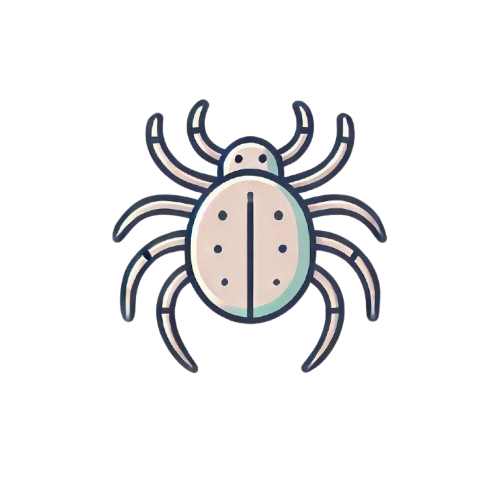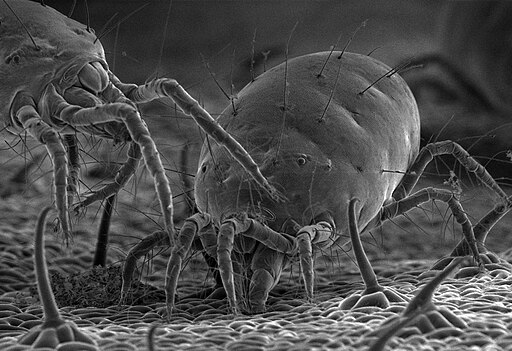Tiny Size: Spider mites are less than 1 mm in size.
Arachnids: They belong to the arachnid family, which includes spiders and ticks.
Piercing-Sucking Mouthparts: They use these to feed on plant sap.
Webbing: Many species spin silk webs for protection.
Color Variations: They come in various colors, including red, green, yellow, and orange.
Two-spotted Spider Mite: The most common species is Tetranychus urticae.
Rapid Reproduction: Under optimal conditions, they can reproduce quickly.
High Egg Production: A female can lay up to 20 eggs per day.
Short Lifespan: Adult mites live for about 2-4 weeks.
Haploid Males: Male mites are haploid, while females are diploid.
Ballooning: They use silk threads to disperse to new locations.
Cosmopolitan Distribution: They are found worldwide.
Host Plants: They feed on over 1,200 species of plants.
Warm, Dry Conditions: Ideal for their population growth.
Pest Status: They are considered significant agricultural pests.
Pesticide Resistance: They can quickly develop resistance to pesticides.
Integrated Pest Management (IPM): The most effective control method.
Natural Predators: Predatory mites, insects, and birds can help control their populations.
Damage Symptoms: Infested plants show yellowing leaves and webbing.
Economic Impact: They cause significant crop losses.
Household Pests: They can infest indoor plants as well.
Life Cycle: The life cycle includes egg, larva, nymph, and adult stages.
Egg Laying Sites: Eggs are laid on the undersides of leaves.
Feeding Habits: They puncture plant cells to feed.
Seasonal Activity: Their activity peaks during warm months.
Survival Strategies: Some species overwinter in bark cracks and garden debris.
Color Change: They change color with temperature changes.
Identification: Look for tiny moving dots and webs under leaves.
Detection: Early detection is crucial for effective control.
Plant Damage: They can kill plants if left unchecked.
Egg Clusters: Eggs are laid in clusters on leaves.
Pest Control: Chemical and biological methods are used for control.
Economic Importance: They affect both commercial and home gardens.
Monitoring: Regular monitoring is essential for early detection.
Environmental Impact: Chemical treatments can affect non-target species.
Lifecycle Duration: The entire lifecycle can be as short as 10 days in warm conditions.
Reproductive Rate: One female can produce hundreds of offspring.
Host Range: They attack a wide variety of crops.
Webbing: The webs protect them from predators and environmental conditions.
Economic Losses: They cause billions of dollars in crop losses annually.
Integrated Control: Combining methods is the most effective approach.
Natural Enemies: Predatory insects and mites are natural enemies.
Pest Management: IPM strategies are crucial for sustainable control.
Economic Impact: They affect both large-scale farms and small gardens.
Lifecycle Adaptation: Their lifecycle adapts to environmental conditions.
Host Specificity: Some species are specific to certain plants.
Pest Control: Chemical control can be challenging due to resistance.
Natural Control: Biological control methods are preferred.
Economic Impact: They cause significant economic losses in agriculture.
Lifecycle Monitoring: Regular monitoring helps in effective management.


Leave a Reply